Much of my stillwater fishing in recent years has evolved around one technique, introducing groundbait and lots of it, known as the baiting pyramid. The idea is to try and attract a wide range of species to dine in the swim, create competitive feeding and hopefully tricking the fish into making a mistake. This method has worked extremely well on many venues and has accounted for large bags of specimen bream, carp, tench and crucians.
To demonstrate its effectiveness I visited the Marsh Farm Complex controlled by Godalming Angling society. A venue famed for its specimen crucians, which also holds some cracking carp, tench, roach and rudd.
The key to the baiting pyramid is feeding and I arrived just before first light and had a quick look around. Luckily there were very few people fishing and I quickly decided on a swim facing an area of open water. Swim selection is crucial to catching consistently and when using this method even more so. Picking a swim, an interception point if you like, is vital to its success.

I knew from visiting the venue several times in the spring that the swim was ideal for what I had in mind and is an area which has produced well for me in the past. After setting up the kit I had a few casts with a bare lead to see if any weed was present. After casting the desired distance I carefully pulled the lead back and found the area was devoid of weed, ideal for the baiting pyramid approach.
I simply lined up with a far bank marker, in this case a small dip in the trees on the far bank horizon, cast out the 30 yards distance I was happy with and placed the line in the clip. I didn’t search for a particular feature within the swim, I knew the area I was fishing over was fairly consistent and anyway the bait was going to be the feature and attract the fish into this swim!
Accuracy is very important in this scenario, I am looking to concentrate the feed and place my hookbaits bang on top of the feed. A great way to do this is with a combination of measuring sticks and an ever faithful stop knot marker. Simply place the rod on the ground and place a bankstick at either end of the rod. After tackling up two rods, I simply wrap the end tackle around the bankstick a couple of times to secure it in place and then wrap the line around the banksticks until I reach the clip. I count the number of wraps and repeat on my fishing and spod rods. A stop knot marker is then added to the fishing rods to ensure accuracy on every cast.

Feeding is the key when using this approach, in my opinion too many anglers are poor feeders. Don’t be shy, fish positively and attack the swim. My favourite mix when adopting this approach is to use a fine mix of fishmeal Stick Mixes from CC Moore. The aim is to produces a lovely dark mix, loaded with attraction, but very little for the fish to feed on. After adding plenty of water and allowing the mix to rest, I always run it through a riddle, which produces a nice light fluffy mix. To this I add just a sprinkling of Oily Bag Mix from CC Moore. I haven’t added any large food items to the mix as I am looking to attract the fish into the swim and not fill them up with large food items.
Initially I added around three kilos of feed via a large Gardner Bait Shuttle spod. I like to keep the feed as tight as possible, concentrating the fish in the process, so when fish come over the feed the bites can come thick and fast!
The plan was to use two different rigs; both have been very effective when adopting this style of feeding. The first was a simple lead clip with a small stick of groundbait threaded down over the hook length and pushing the hook into the bottom of the groundbait stick. My mainline when using this rig is 6lb or 8lb Hydro Flo main line from Gardner Tackle. A mainline, which has never let me down and sinks well too, reducing the need for using heavy tubing or leadcore. A Gardner Target Lead Clip and Tail Rubber is threaded onto the mainline, these lead clips and tail rubbers have been refined and are smaller in size in comparison to most lead clips on the market are design for carp anglers. They do exactly the same job, so why using a bigger one if you don’t have to?
Next a 1oz pear bomb is threaded onto the arm of the lead clip and was kept in place with a Target Tail Rubber. My chosen hook length when fishing this style is Target Fluorocarbon in 5lb breaking strain. However, if I was expecting larger carp, bream or tench on a weedy venue then I would either step up the strength of this fluorocarbon to 8lb or 10lb or use a length of Target Speciskin. This would give me added security in case of an outsized monster.
Hook choice is simple, a size 16 Target Specimen hook. Covered in our Covert finish these little beaked point hooks are bullet proof and ideal is this situation. Hook bait choice is an ever faithful piece of imitation sinking corn, imitation pellet From Enterprise Tackle or one of the companies new Corn Skins which have proved very effective. They are highly visual and stand out well over the dark feed.
A Micromesh PVA stick of groundbait is key to this rig and has two advantages. The first is it leaves an attract pile around the rig for the fish to home in on the hookbait. Secondly, it helps to camouflage the end tackle.
The second presentation that I like to use is a small flatbed method feeder. These have been a great little development and I have caught a lot of fish using them. My tackle when using these is again 6-8lb Hydro Flo mainline, a small 35g feeder and a short 3-5 inch 5lb Target Fluorocarbon hook length.

Both tactics offer a similar presentation but in a different way. If I was fishing a hungry water where I was expecting lots of action then I might lean towards using the method feeder as this tends to be a quicker and more efficient way of fishing for bites. If I was fishing a lower stocked pit where I was only a expecting a handful of bites a day, or I wanted to leave the hookbait out for longer periods, then I would favour the groundbait stick approach.
In session
After introducing a barrage of bait I let the swim rest for an hour before casting the rods, as I wanted the fish to settle over the bed of feed I had introduced. I soon had two rods in position and after it wasn’t long before the first rod was away and a nice plump crucian weighing over 2lbs was on its way to the net.
This was the theme for the day and it was obvious that it was going to be one of those red-letter sessions where everything had fallen into place. At the end of the session I landed over 30 crucians and tench, with the best cruican weighing 2lb 12oz. I packed up a happy yet exhausted angler. Adopt this tactic and watch your catch rates soar!



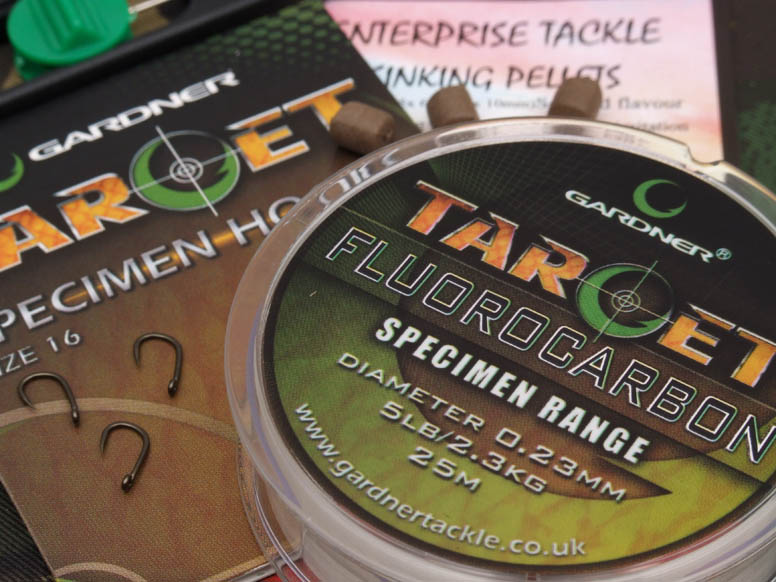
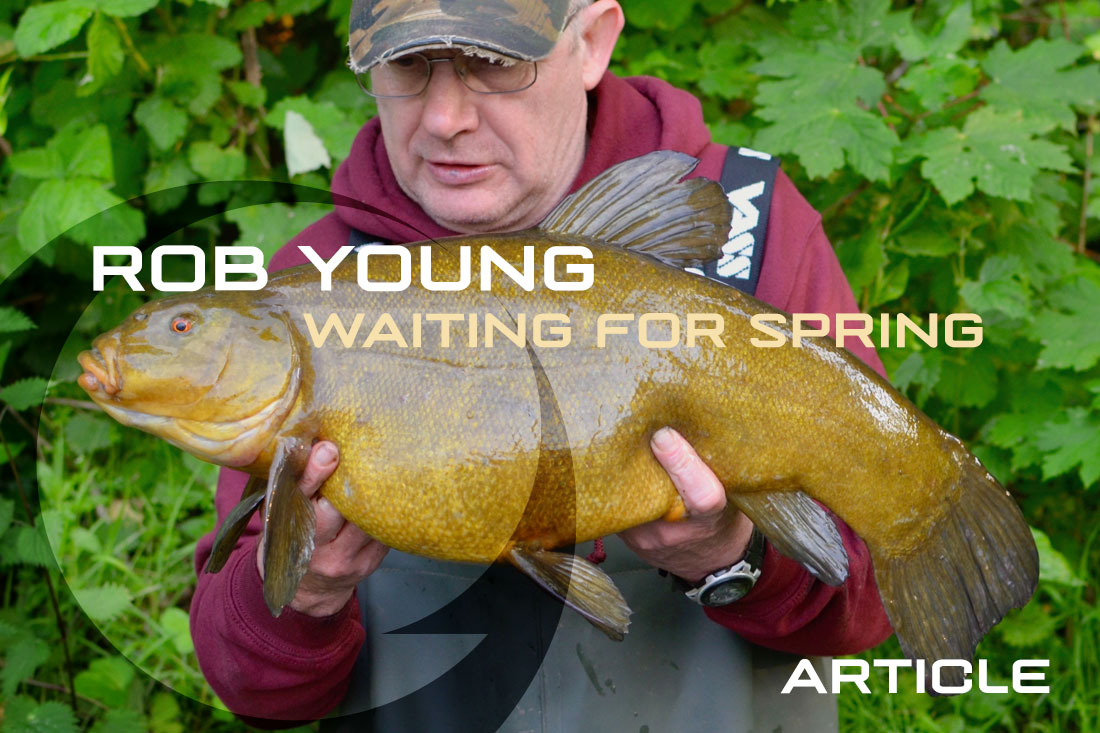
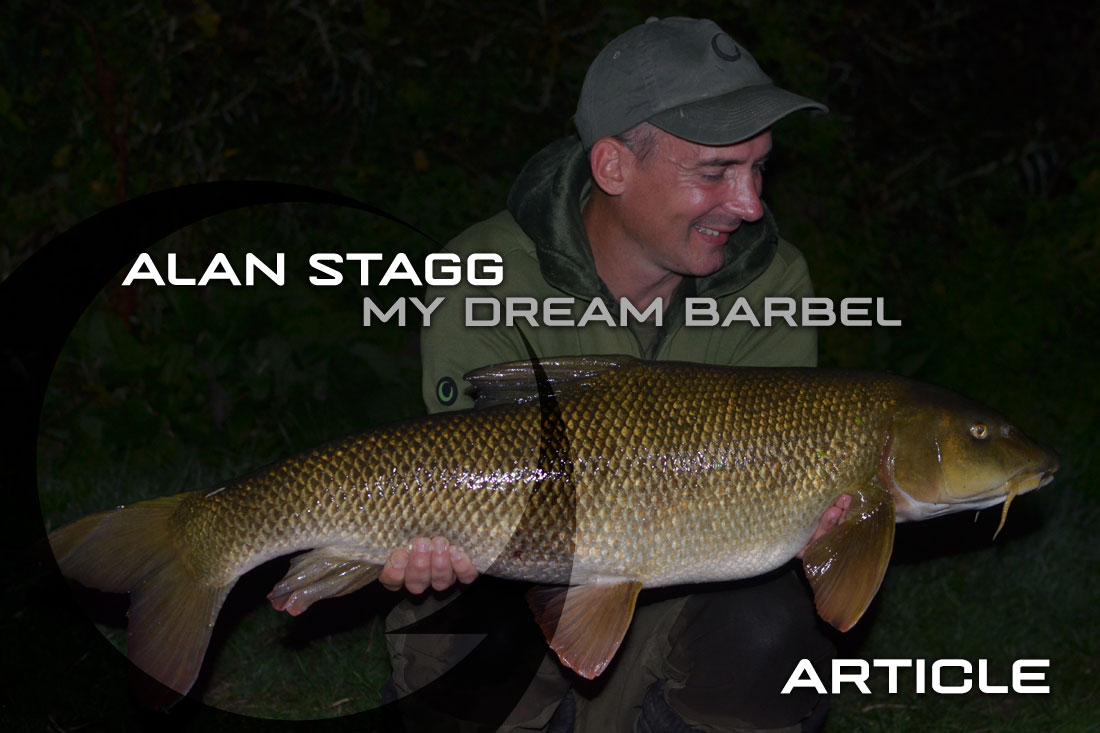
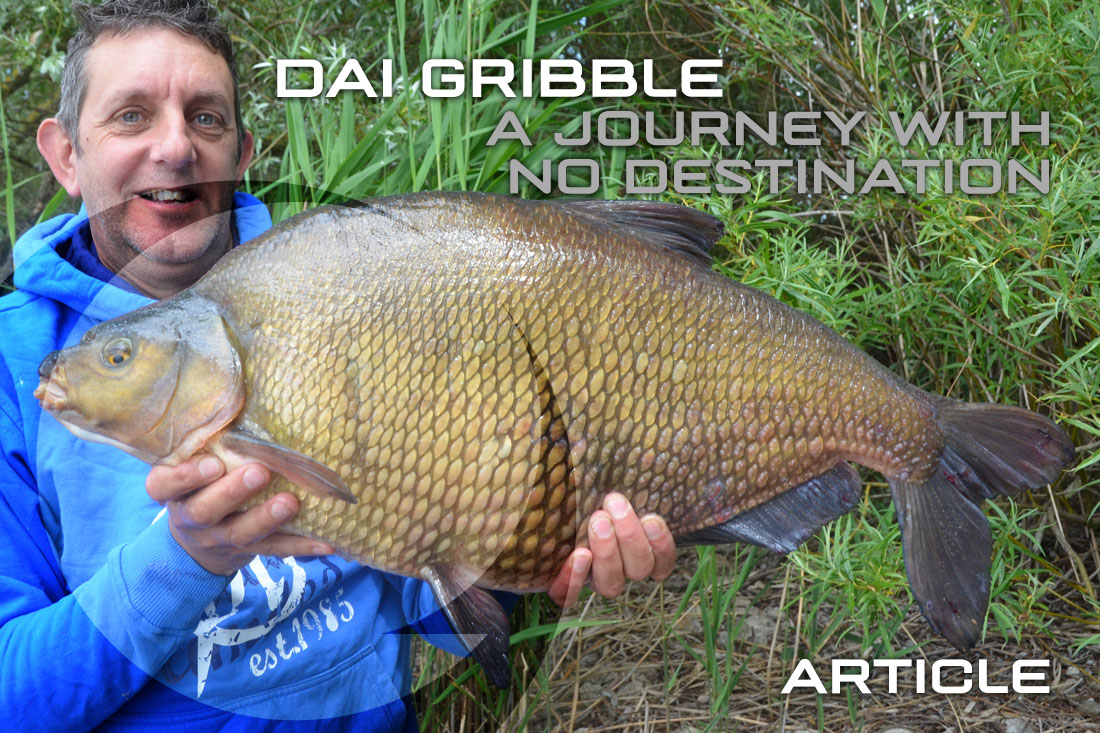

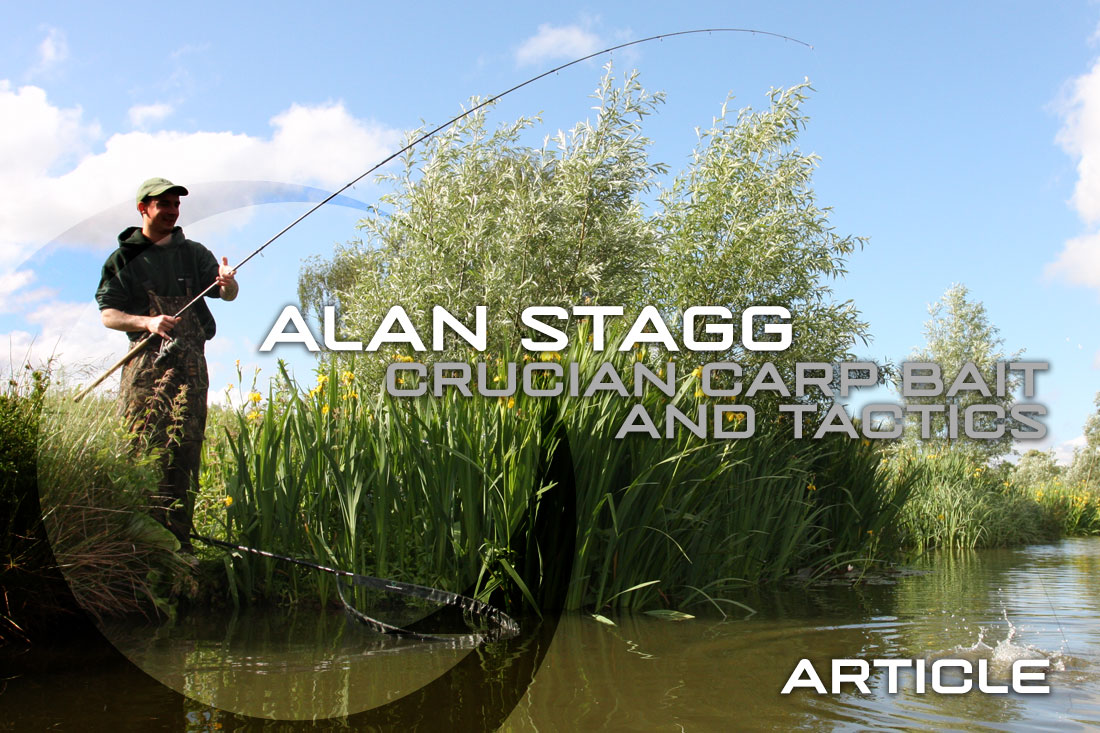
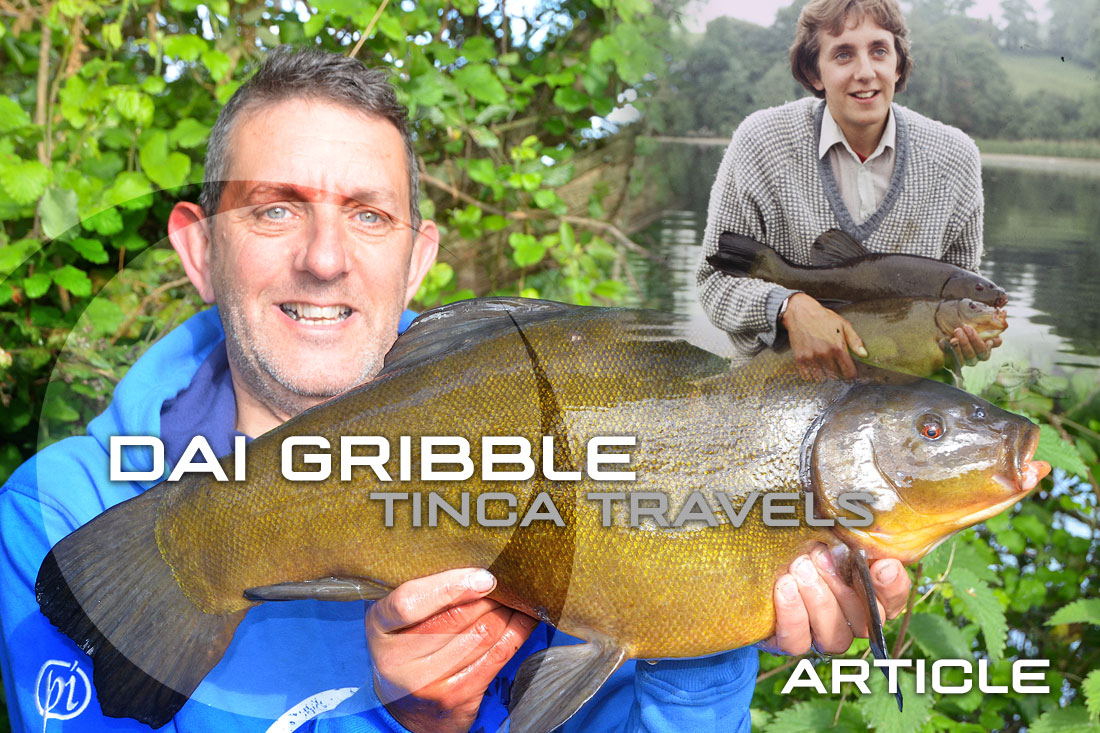
Leave A Comment